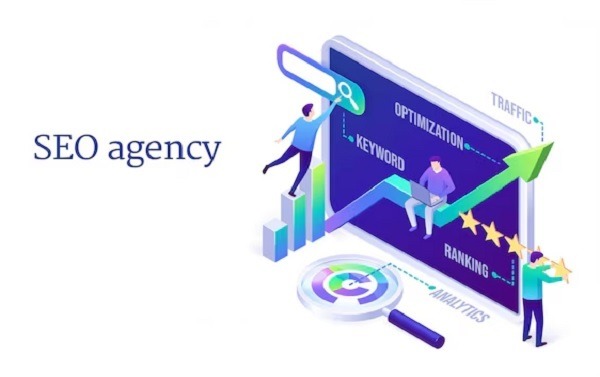When profit margins are tight in industries typically known for high profitability, the instinct to raise prices might seem logical. But is it the right move?
Raising prices isn’t a one-size-fits-all solution. It requires a deeper dive into your industry’s underlying structure. Every sector—whether it’s food and beverages, travel, or entertainment—operates under different economic dynamics. To improve profit margins sustainably, a strategic shift in how you compete is often necessary, not just a simple adjustment to your pricing model.
Many businesses look to their competitors when deciding how to set prices, but this is only one part of the larger picture. A thorough analysis should take into account five key forces that shape the profitability of any industry: supplier influence, customer power, the uniqueness of your offering, alternative solutions, and competitive pressures.
- Supplier Leverage
If your business relies heavily on dominant suppliers, your room for pricing flexibility shrinks. Take the computer manufacturing space, for example. Brands like Dell or HP depend on software from Microsoft and processors from Intel. Because these suppliers hold so much sway, manufacturers often have no choice but to accept high input costs, resulting in thinner profit margins.
One way to counter this is by integrating vertically—essentially becoming your own supplier. A modern case in point is Netflix, which began producing its own shows and films to reduce reliance on third-party studios, thereby increasing control and profitability.
- Customer Bargaining Power
When your customers call the shots, it’s hard to justify price increases. This often happens when a single client makes up a large portion of your revenue. If they walk, your business takes a major hit. Additionally, if your offering is similar to what your competitors provide, buyers can easily pit you against others to negotiate lower prices.
But if your product or service delivers exceptional value—say, significantly boosting performance or productivity—customers may be more willing to pay a premium. This is especially true in performance-driven fields like digital advertising or specialized consulting services.
- Lack of Product Differentiation
In markets where products are largely interchangeable, price becomes the main battleground. Airlines exemplify this dynamic, with many offering a nearly identical experience. To break out of this commodity trap, some carriers—such as Singapore Airlines—differentiate through enhanced service, luxury touches, and exclusive offerings. These added-value features enable them to charge more while justifying the cost to customers.
- The Threat of Substitutes
Substitutes aren’t direct competitors but alternative solutions that serve the same purpose. For example, video conferencing tools reduce the need for business travel. When substitutes become more convenient or cost-effective, they can undercut your value proposition.
However, new technology isn’t always a threat. It can also unlock new demand. The popularity of streaming services, for instance, led to a surge in sales for advanced home entertainment systems. The key is to stay ahead of how technology reshapes customer behavior.
- Industry Rivals and New Entrants
While competitor behavior is crucial, it often gets more attention than it deserves. Sometimes, more damage is done by overreacting to competitors—especially through aggressive price cuts, which end up eroding profitability for everyone in the industry.
Interestingly, strategic partnerships with competitors can be more beneficial than destructive rivalries. By cooperating on standards or resources, companies can preserve value within the industry rather than driving each other into a race to the bottom.
The Big Picture: Strategic Pricing in a Complex Market
Improving margins by increasing prices isn’t just a financial decision—it’s a strategic one. Before you move forward with a price hike, it’s essential to evaluate your industry through the lens of these five forces. Doing so will help you understand whether a higher price is sustainable or whether deeper changes are needed in your business model.
For a more in-depth understanding of how these forces work, consider reading Michael Porter’s seminal article in the Harvard Business Review on competitive strategy. His framework remains one of the most effective tools for long-term profitability planning.
In the end, pricing is about more than just numbers—it’s about positioning, perception, and power within your market.
Ted is the co-founder of Ice Cube Marketing, a digital marketing agency in Singapore that has been operating since 2015 and has helped more than 500 SMEs grow their business through Facebook and Google ads.


